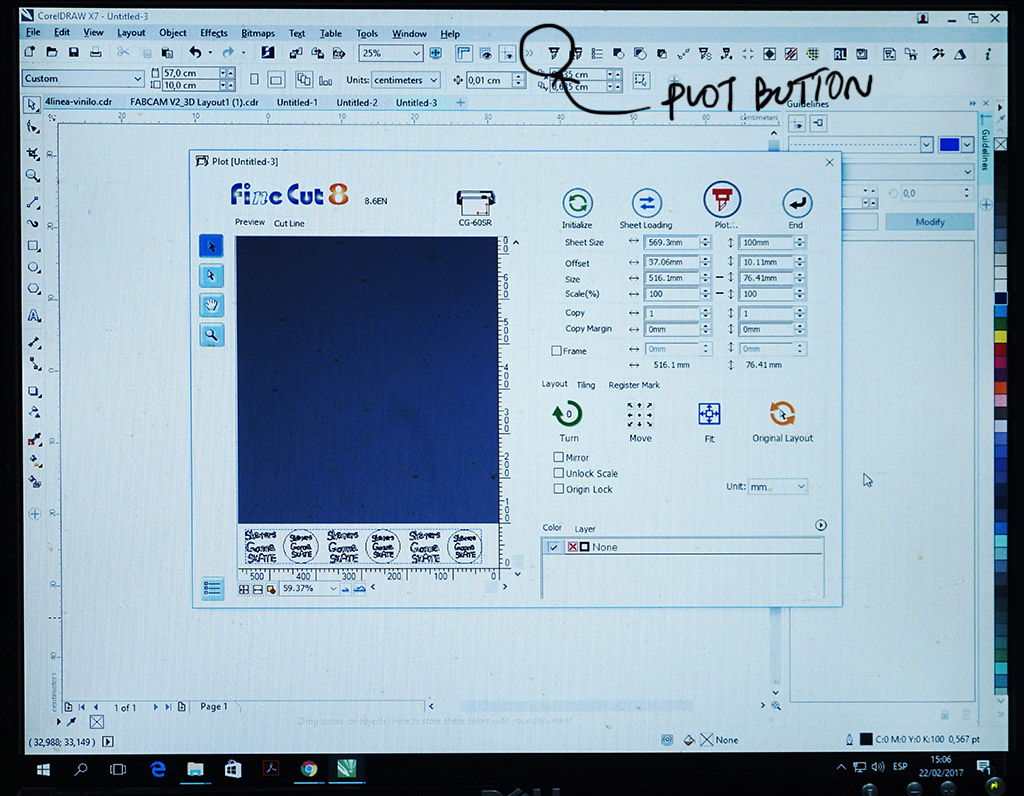
Assignment objectives:
* Make lasercutter test part(s), varying cutting settings and slot dimensions.
* Cut something on the vinylcutter design
* Make, and document a parametric press-fit construction kit, accounting for the lasercutter kerf, which can be assembled in multiple ways.
Neil's class Summary
Lasercutting
We were led by Matias Mangado, our master of inventions at Synergy Tech, in the principles, manipulation and functions of the local CNC.
We learned the basic procedure for using the Trotec cutter: Turn the power on, level the laser, activate the air-extraction system, print from the raster design software to Trotec Engraver v10.4.0, once in Trotec JobControl X drag the task into the working panel, check for material cut and engrave options in "Material Database", finally calculate the estimated time and hit "Play" button to start cutting.
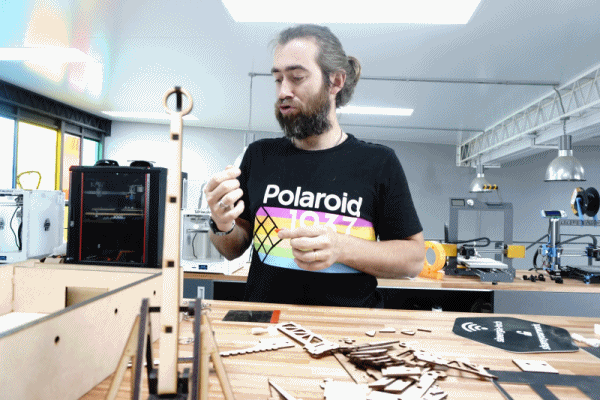 Instead of testing cutting parts in abstract way i decided to use the assignment to sketch a potential project: a press-fit construction analog camera.
Instead of testing cutting parts in abstract way i decided to use the assignment to sketch a potential project: a press-fit construction analog camera.
This sites where very useful in my designing process:
Mr Pinhole
Light photography exposure calculator
Lomography
Paint Can Camera
The Focal Camera
How To Build a Matchbox Pinhole Camera
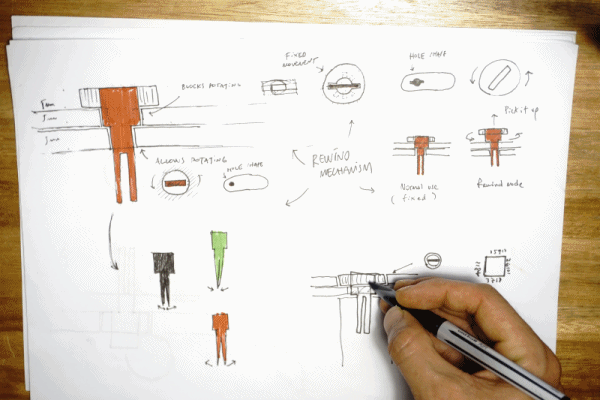 I made some quick sketches, drawed a simple tabbed box in Inkscape with
Tabbed Box Maker
extension, edited the geometry in Autocad for an accurate dimensions control and lastly added some hand writing instructions using Inkscape to be engraved in the plywood sheet.
I made some quick sketches, drawed a simple tabbed box in Inkscape with
Tabbed Box Maker
extension, edited the geometry in Autocad for an accurate dimensions control and lastly added some hand writing instructions using Inkscape to be engraved in the plywood sheet.
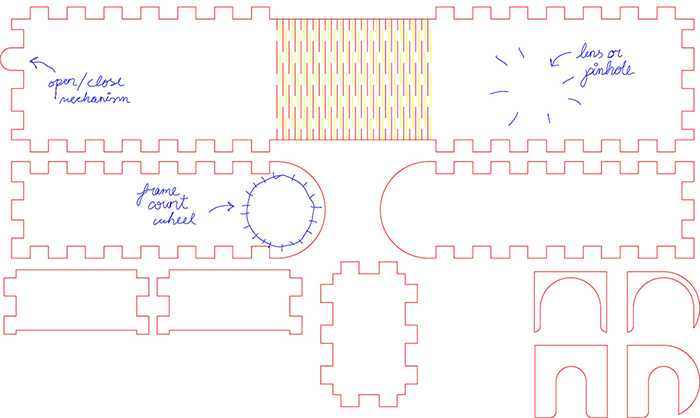 This is the Trotec's cut and engrave settings for that layout.
This is the Trotec's cut and engrave settings for that layout.
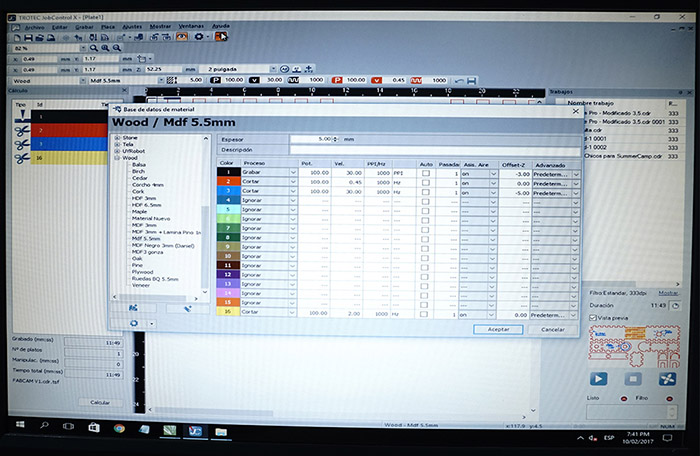
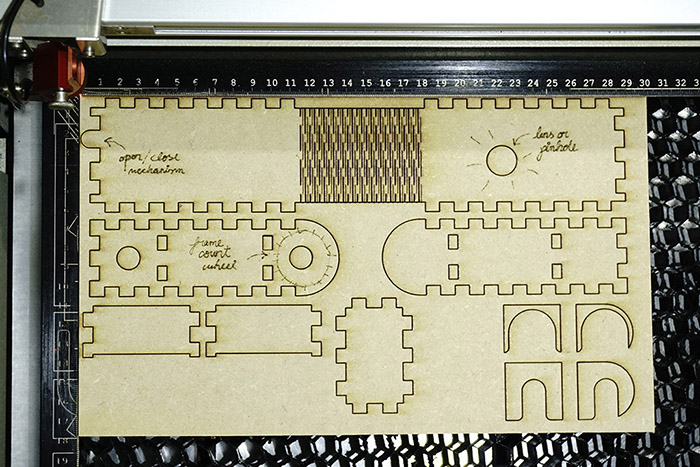
The tabbed solution for assembly the different pieces seems to work ok.
I decided to parameterize the tabs using Freecad. The inserts will depend on the height of the wood to be used, and that value will be stored for change in a spreadsheet.
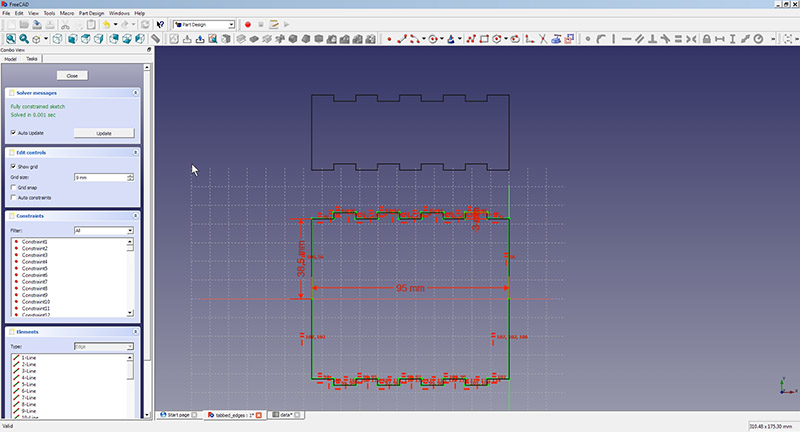
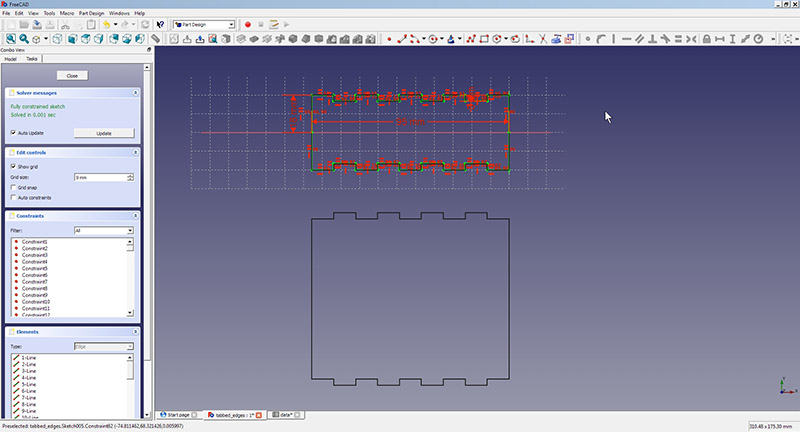 Finally, i reached a first clean and close solution for an analog press-fit construction camera. I named it: Up & Down camera. It is designed to use a pinhole as lens (radius: 0.2mm) and works with a 35mm film.
Finally, i reached a first clean and close solution for an analog press-fit construction camera. I named it: Up & Down camera. It is designed to use a pinhole as lens (radius: 0.2mm) and works with a 35mm film.
I plan to share the final design sheets and other relevant information after testing the camera in the field. Please follow
this link
for tracking the progress.
Download the files.
Vinylcutting
For testing the vinylcutter i decided to cut a simple piece of black vinyl to adhere in the inside cavity of the camera and help the light not to got in.
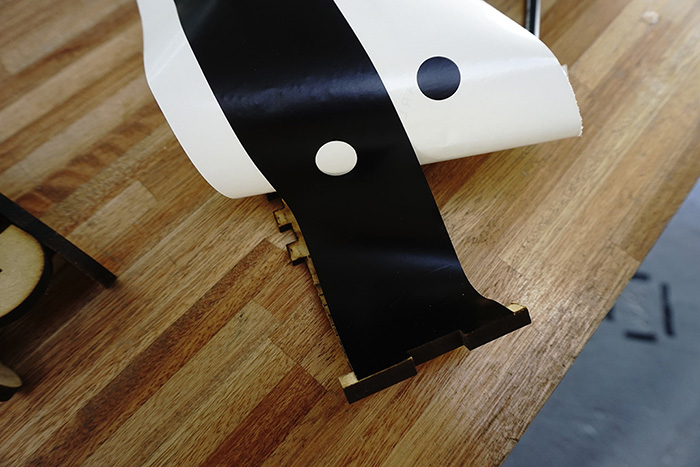
1. With the machine off, lift the rollers, place bobbin or vinyl sheet, relocate and lower rollers.
2. Turn on the machine: It will automatically measure the width of the sheet or coil and after a few seconds will return that value in the display.
3. Then we must establish whether it is a bobbin or vinyl sheet.
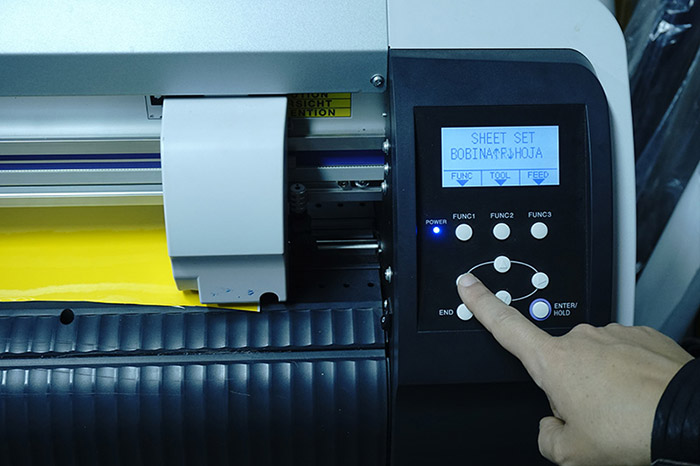
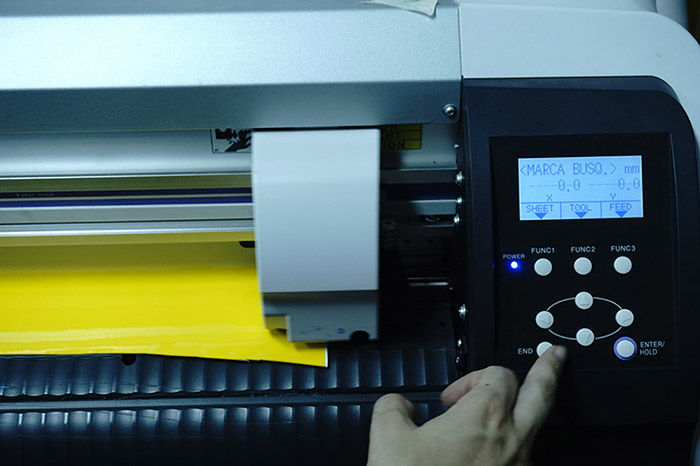
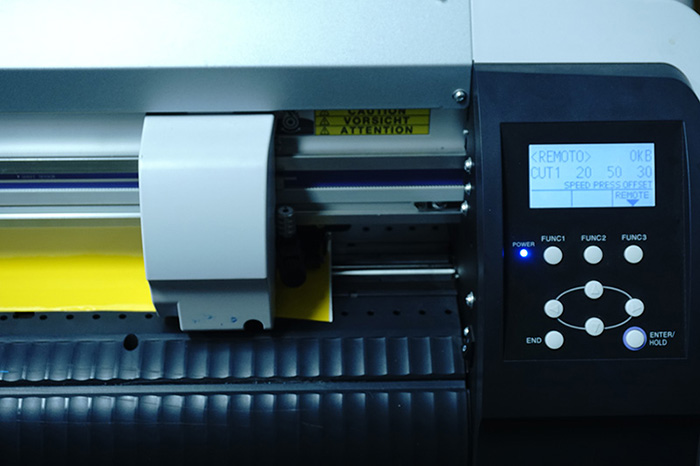
7. Plot / Initialize.
